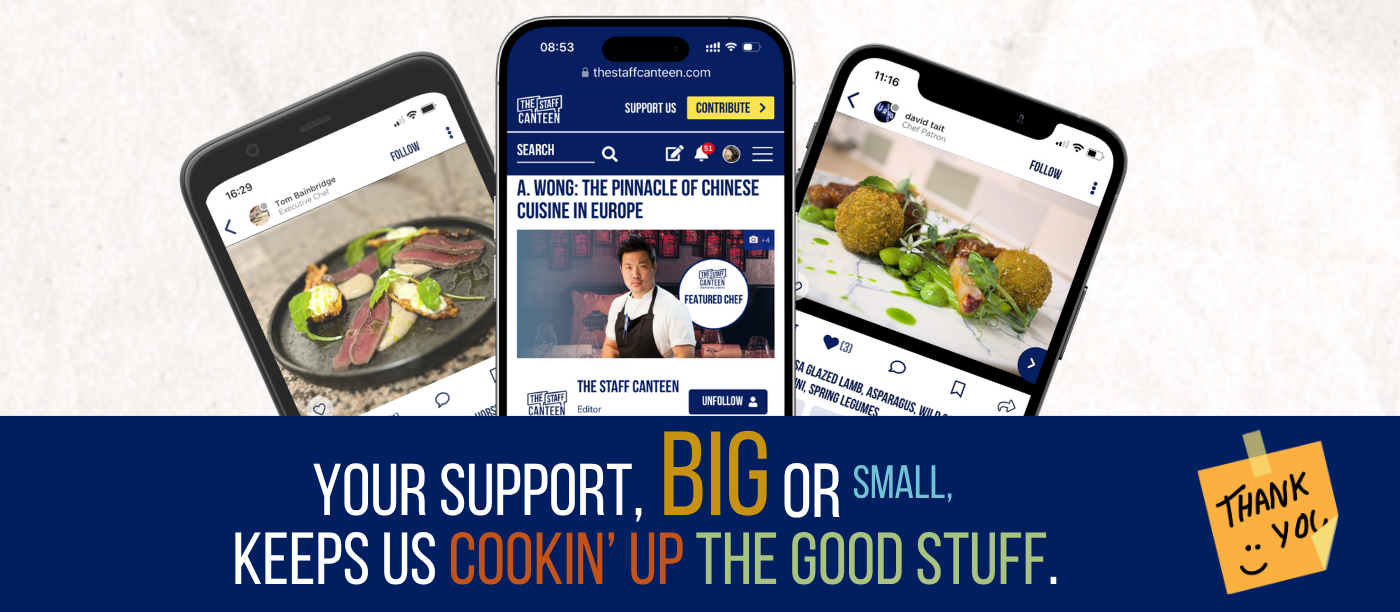Are you in tune with what your diners are looking for when it comes to local? In its own right, “local” can mean different things to different consumers right across the UK. This month’s update looks at provenance on menus, as well as seasonal species lobster and velvet crab.
Trending Now: “Local”
In England, consumers consider a more defined geography to mean “local”- their region or county. Whilst in comparison, Scottish consumers see either Scotland as a whole or their region/county to mean “local”.
The “local” trend looks to continue to grow as a recent poll carried out by trade body Scotland Food and Drink shows, over 40% of consumers (and over 60% in Scotland) plan to buy more local food and drink in the future.
However, the same research also suggests that more than half of UK shoppers thought Scottish labelled products were better than those from elsewhere within the UK. Two-thirds of UK consumers perceived Scottish salmon, whitefish and shellfish as better than those of other origins and results from London were even higher! It makes sense to highlight “Scottishness” on menus.
So, what’s to learn? Know what your consumer is looking for, use local, highlight provenance and if in doubt, source from Scotland!
(*Scotland Food & Drink / Survation Survey conducted September 2016. Sample sizes Scotland 1018, RoUK 1008)
Species in Season
Lobster is enjoying an unprecedented popularity with increased domestic sales recorded at both Easter and Christmas. Fresh Scottish blue lobster from Shetland, the Outer Hebrides and around the coastline is renowned as some of the highest quality in the world. As fishing continues in the summer months, the inshore boats are often out at sea for over 12 hours a day!
Ian Conway, executive head chef at the 3 AA Rosette Lochgreen House Hotel in Troon, has gone one step further than most restaurants may manage and installed a live lobster holding tank at the Kintyre restaurant. It houses mostly shellfish caught each week off the southwest Scottish coast. He sells up to 100 a week either as Thermidor at a very reasonable £30 or in a Lobster, Chorizo and Mango tart as a starter. He proudly labels it as “native Scottish lobster” on the menu.
It’s prepared simply by first freezing the creatures to make them sleepy, then plunging into boiling water for eight minutes for the body and around 13 minutes for the claws.
“Scottish lobster is melt-in-the-mouth, very sweet, and really meaty. Why would we source from anywhere else, when our own is second to none in terms of quality, flavour and freshness?” he said, adding that his American customers, many of whom come to the region for the golf, particularly appreciate locally sourced lobster on the menu.
Once considered a pesky bycatch, Velvet crab, is also in season. This purply brown crab with a furry yet hard-shell is mainly traded in Spain, loved in Galicia, whilst in the UK there is little consumption outside of making stocks for soups and bisques.
Yet Carla Lamont, chef at the Ninth Wave restaurant on the Isle of Mull (shortlisted for the upcoming Highlands and Islands Food Awards “Seafood Restaurant of the Year”), has














